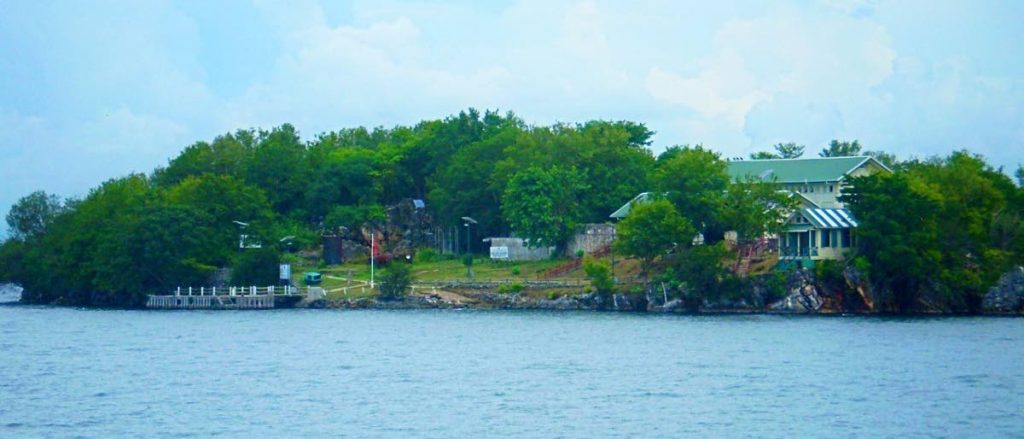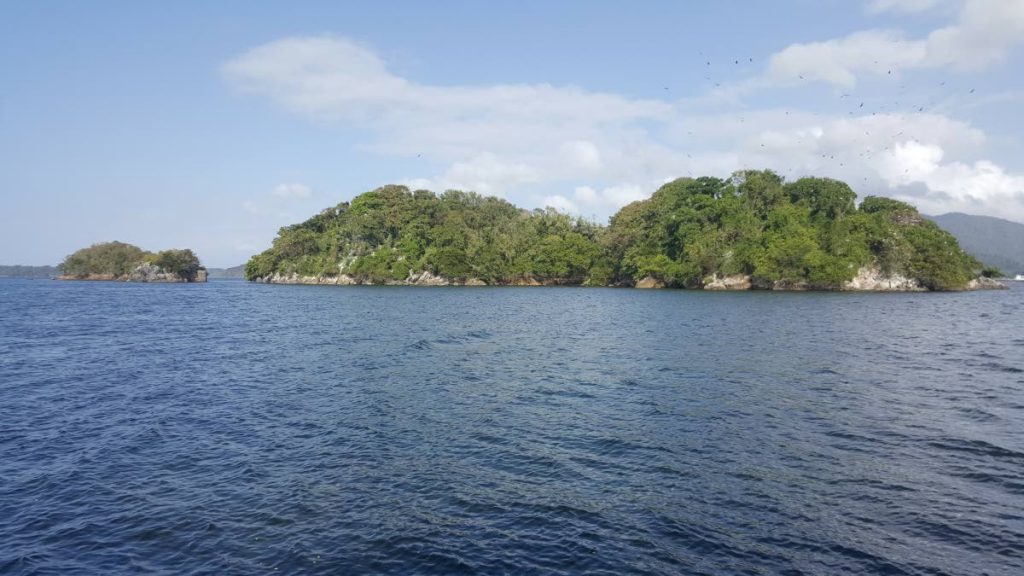The Five Islands

In a three-part series the National Trust explores other times when quarantine or isolation were imposed in TT, with special focus on the Western Isles in the Gulf of Paria. Parts 1 and 2 were carried on April 25 and 28 respectively
LESLIE-ANN PAUL
Six miles from Port of Spain lies a cluster of islands that were once dubbed "Quarantine Islands." Mythologically created by the stroke of a witch's wand, and with interference from an innumerate devil, these islands – Pelican, Lenagan, Caledonia, Craig, Nelson and Rock – have had many uses throughout their history. On these isles were, at different times, a military outpost; a detention centre for human-rights advocates and political refugees; holiday resorts for the elite; a getaway for honeymooners, and quarantine facilities for disease control.
Although quarantining had been used throughout history as a measure to contain the spread of contagions, efforts were intensified in the 1800s to militate against the spread of illnesses such as cholera and yellow fever.
The same principle of quarantine applied to residents and visitors to Trinidad. The Five Islands were considered ideal for this undertaking. House of Commons Parliamentary Papers of 1860 reveal: “The Five Islands, distant five and a half miles from Port of Spain, are used as a lazaret station when required. The sick are sent to one island, and the disinfected to another.”
This same arrangement continued with the arrival of Indian indentured immigrants, who no longer went directly to mainland Trinidad as had been the custom. The decision to temporarily quarantine them at the Five Islands, in particular Nelson and Lenagan, was due to several factors, including the need to limit the spread of contagions from the general public and the inability of the Colonial Hospital to handle the large volume of immigrants in need of medical care.
From 1866 until 1917, immigrants were separated into two groups: those whose illness could be quickly treated or who were simply in need of convalescence, and those who were critically ill or highly contagious.
The first group was sent to Nelson Island, the latter to Lenagan Island. On both islands there were medical facilities equipped to treat the immigrants whatever their condition. Sometimes though, despite the efforts of medical personnel, many perished (on Lenagan) and were illegally cremated.

Immigrants would spend a period of about ten days on Nelson Island, where they were registered, had their health evaluated and were read the Immigration Ordinance. They were subsequently grouped according to the estates to which they were bound and sent off to mainland Trinidad.
Although all six islands were labelled “the quarantine islands,” not all were used in this way. Rock Island appears to be the only other island that was used for quarantining contagious people. During the 19th century, possibly before Indian indentureship, Rock was a quarantine depot for first-class passengers who had the misfortune of travelling on a vessel where there was an outbreak of illness. Once it was confirmed, a yellow flag was hoisted to signal that there was to be no communication with the island. Only when cleared of contagion could passengers resume their journeys.
Today, five of the six islands are overgrown with trees and shrubs; you have to look hard to see relics of buildings. Nelson Island is the only one where several buildings stand strong, with areas dedicated to the remembrance of its history.
You can join the National Trust on its Western Isles Tours as well as its tours to Nelson Island to learn more about the Five Islands. Visit its Heritage Asset Register or become a member via its website at nationaltrust.tt to discover TT’s heritage
Leslie-Ann Paul is the heritage preservation and research officer, National Trust of TT.
This piece is based on the research and writings of Anthony de Verteuil CSSp and Ashleigh J Morris of the National Trust.


Comments
"The Five Islands"